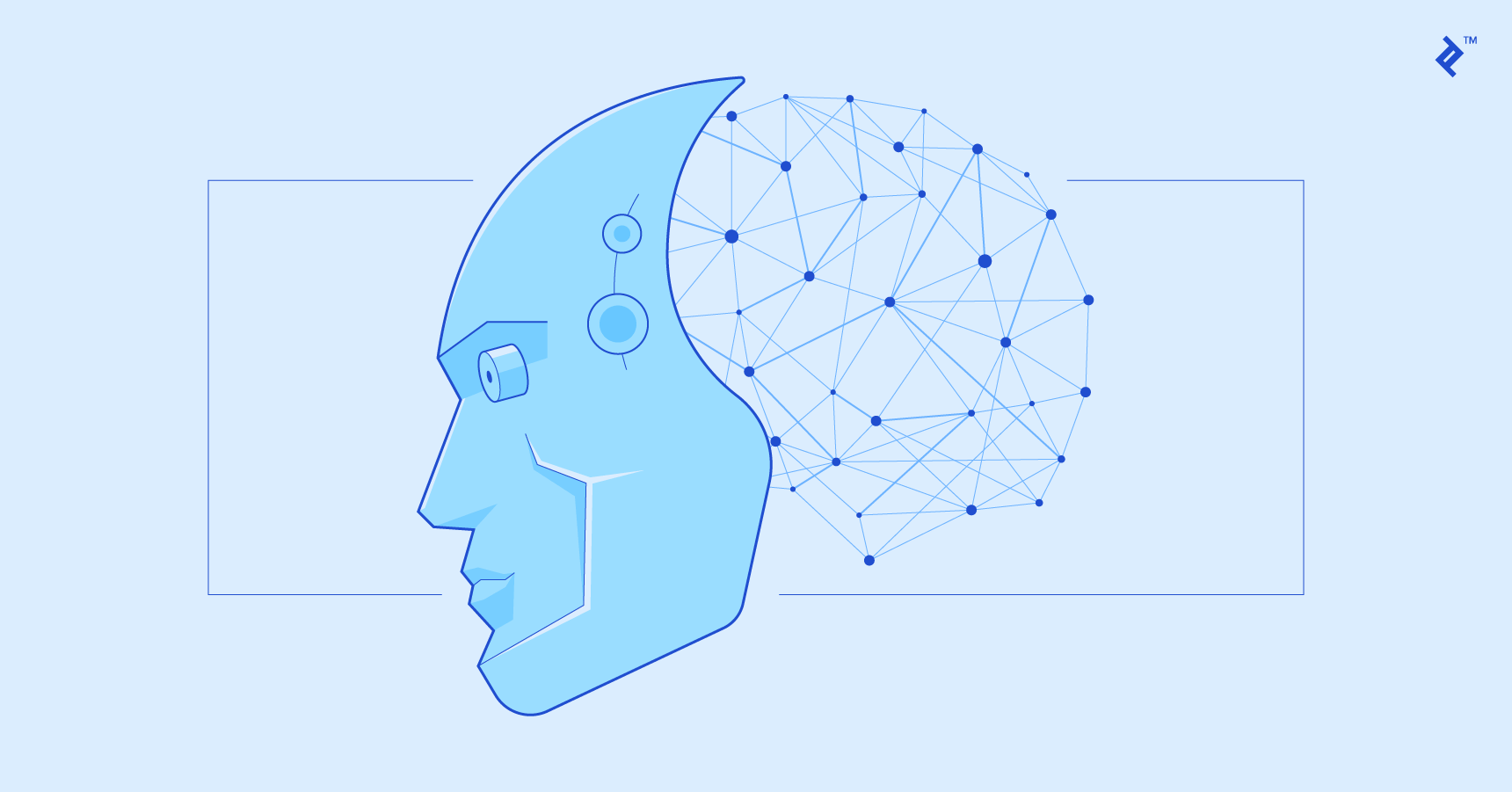3x Mall Insights
Exploring the latest trends and news in online shopping.
Machine Learning: The Fortune Teller in Your Data
Unlock the secrets of your data! Discover how machine learning can predict trends and transform insights into fortune-telling power.
Unveiling the Secrets: How Machine Learning Predicts Future Trends
As we delve into the captivating world of machine learning, it's essential to recognize how this cutting-edge technology is reshaping our understanding of future trends. By analyzing vast amounts of data, machine learning algorithms can uncover hidden patterns and make predictions that were once thought to be impossible. Businesses are leveraging these insights to gain a competitive edge, foreseeing market shifts, consumer behavior, and even emerging technologies. This predictive power is revolutionizing industries ranging from finance to healthcare, enabling organizations to respond proactively to changes.
One intriguing aspect of machine learning is its ability to improve over time. Each interaction increases the algorithm's accuracy, as it learns from past data and refines its predictions. For instance, in retail, machine learning can track purchasing trends, suggest personalized products, and optimize inventory management. The process generally involves a few key steps:
- Data Collection
- Data Cleaning and Preparation
- Model Training
- Prediction and Analysis
By following these steps, companies can unlock the potential of machine learning to predict future trends and drive strategic decisions that foster growth and innovation.

The Science Behind Machine Learning: Transforming Data into Accurate Predictions
Machine learning is a subset of artificial intelligence that enables systems to learn and make predictions based on data. This sophisticated process begins with data collection, where raw data is gathered from various sources, such as user interactions, sensor readings, or market trends. Following this, the data is preprocessed to clean and transform it into a usable format. During this stage, important tasks like normalization and feature extraction occur, which help in highlighting the significant patterns within the data. Various algorithms, such as regression, decision trees, and neural networks, are employed to train the model, allowing it to identify correlations and predict outcomes.
Once the model is trained, it enters the evaluation phase, where its accuracy is tested using a separate dataset. This is crucial in determining how well the model performs and how capable it is of transforming data into accurate predictions. Metrics such as precision, recall, and F1 score are utilized to measure the success of the model. If the performance is satisfactory, the model can be deployed for real-world applications, providing insights and predictions that help businesses make informed decisions. As machine learning continues to evolve, its ability to harness the power of big data will only grow, leading to more precise predictions and innovative solutions across various industries.
Is Your Data a Crystal Ball? Exploring Predictive Analytics in Machine Learning
Predictive analytics has emerged as a crucial tool in leveraging data to forecast future outcomes. By utilizing advanced techniques in machine learning, businesses can transform vast amounts of historical data into actionable insights, essentially making data their crystal ball. This process involves algorithms that identify patterns and trends, enabling organizations to anticipate customer behavior, optimize operations, and mitigate risks. As a result, companies are better equipped to make informed decisions, ultimately driving growth and improving competitiveness.
However, the effectiveness of predictive analytics hinges on the quality and relevance of the input data. Organizations must prioritize data integrity and ensure that their datasets are representative of the realities they aim to predict. Implementing robust machine learning models involves not only selecting the right algorithms but also fine-tuning them through iterative training and validation processes. As we delve deeper into the world of data-driven predictions, understanding the implications and responsibilities that come with managing personal and sensitive data will be essential for sustaining trust and achieving long-term success.